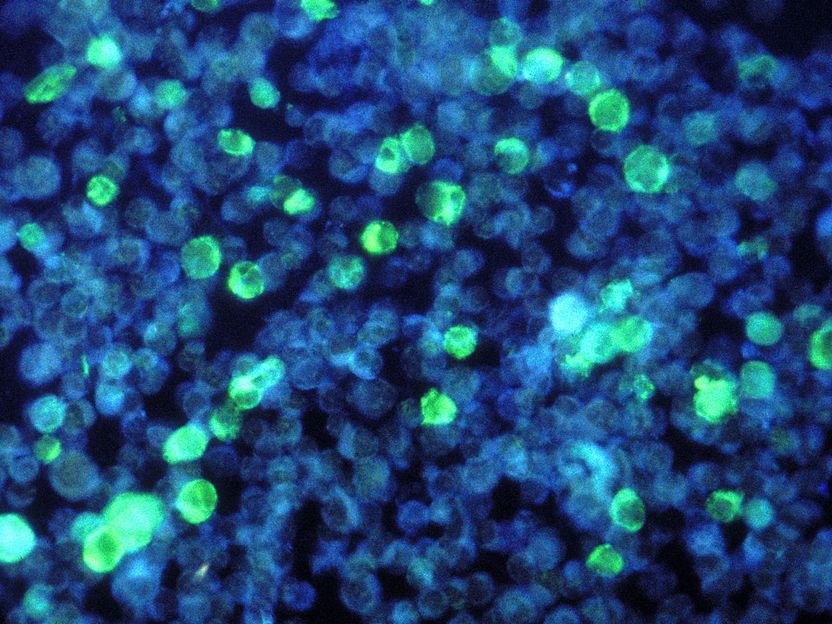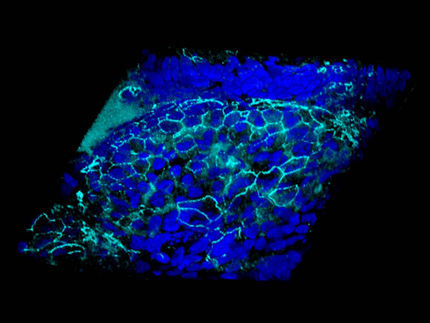Horizon Discovery and Rosalind Franklin University to Develop Cystic Fibrosis Cellular Disease Models
Horizon Discovery announced its collaboration with the Rosalind Franklin University of Medical Sciences (RFUMS) to develop a human cellular disease model of cystic fibrosis. The agreement focuses on the use of Horizon’s GENESIS™ precision genome editing technology to reconstitute a specific mutation in the CFTR (cystic fibrosis transmembrane conductance regulator) protein which is associated with approximately 90% of cystic fibrosis patients, in the endogenous genome of a lung cancer cell line.
Under the terms of the agreement, RFUMS will receive a perpetual academic research use license to the materials. Horizon will retain rights for commercial distribution of the cell lines to third parties, including biotech and pharmaceutical companies. Horizon also intends to develop, through its Horizon Diagnostics division, commercially available reference standards based on the modified cell line, for quality assessment of cystic fibrosis diagnostic tests. The project is funded through a grant awarded to Drs Neil Bradbury and Robert Bridges at RFUMS by Cystic Fibrosis Foundation Therapeutics Inc.
“Approval for the first CFTR therapeutic was recently granted by the FDA, however, fewer than 5% of patients carry the genetic profile for which this drug was approved. We hope that by creating this tool targeting the more common CFTR mutation, we can ultimately improve the lives of a far greater proportion of cystic fibrosis sufferers,” explained Dr Neil Bradbury, lead investigator at RFUMS. “Studies using non-human cell models have identified several, potential CFTR therapeutics from high-throughput screens. We hope to improve the efficiency of this process by creating a more informative screening tool with Horizon’s isogenic disease model cell lines, which we believe will also be useful for the broader research community.”
Other news from the department science

Get the life science industry in your inbox
By submitting this form you agree that LUMITOS AG will send you the newsletter(s) selected above by email. Your data will not be passed on to third parties. Your data will be stored and processed in accordance with our data protection regulations. LUMITOS may contact you by email for the purpose of advertising or market and opinion surveys. You can revoke your consent at any time without giving reasons to LUMITOS AG, Ernst-Augustin-Str. 2, 12489 Berlin, Germany or by e-mail at revoke@lumitos.com with effect for the future. In addition, each email contains a link to unsubscribe from the corresponding newsletter.
More news from our other portals
Last viewed contents

Molecular mechanism of a rare disease causing severe immunodeficiencies deciphered - It is WHIM syndrome, a disease caused by mutations in a cell membrane receptor.
GATC Subsidiary LifeCodexx Appoints Head of Commercial Operations - Former Brahms sales manager boosts LifeCodexx team
Robert_William_Schrier























































